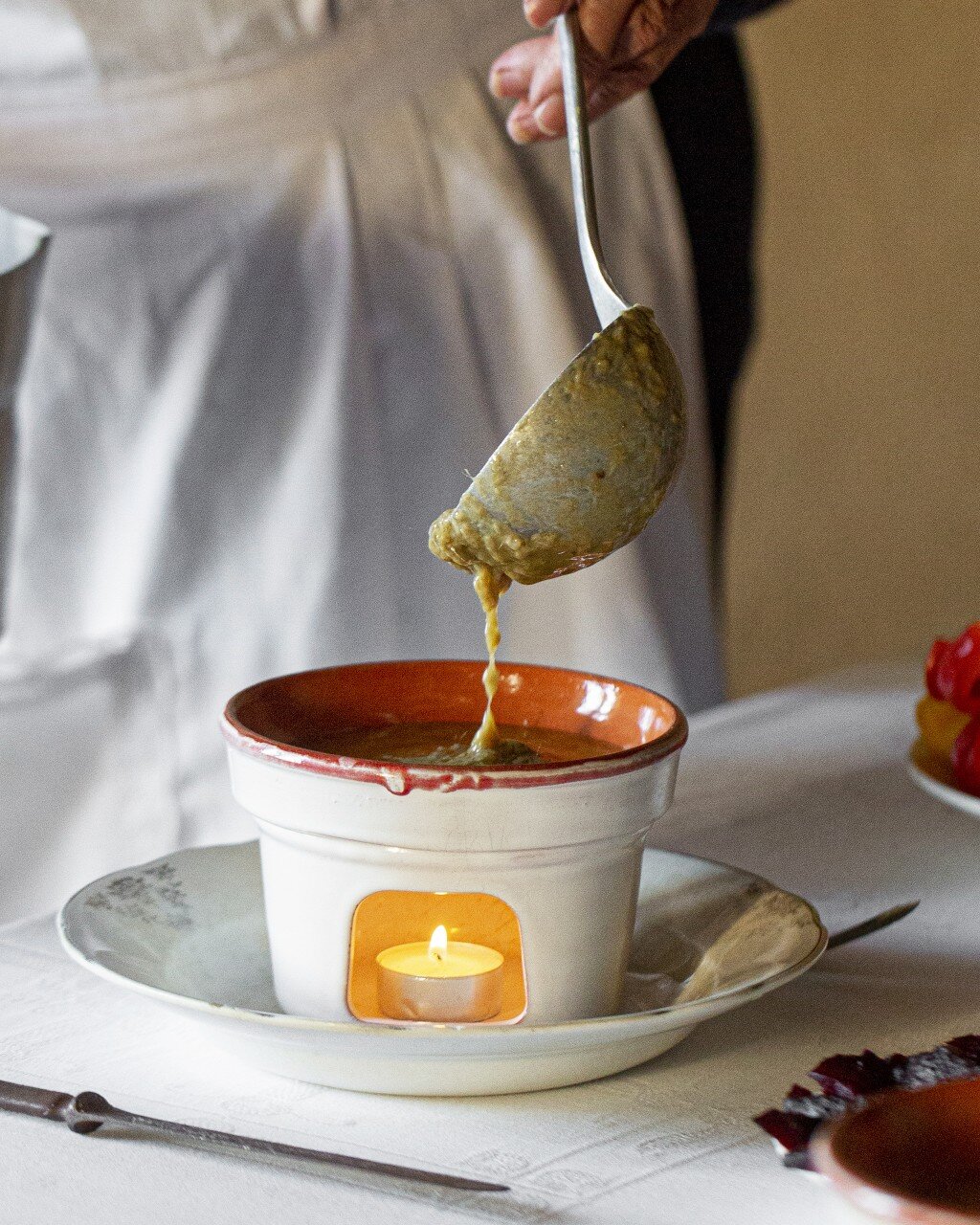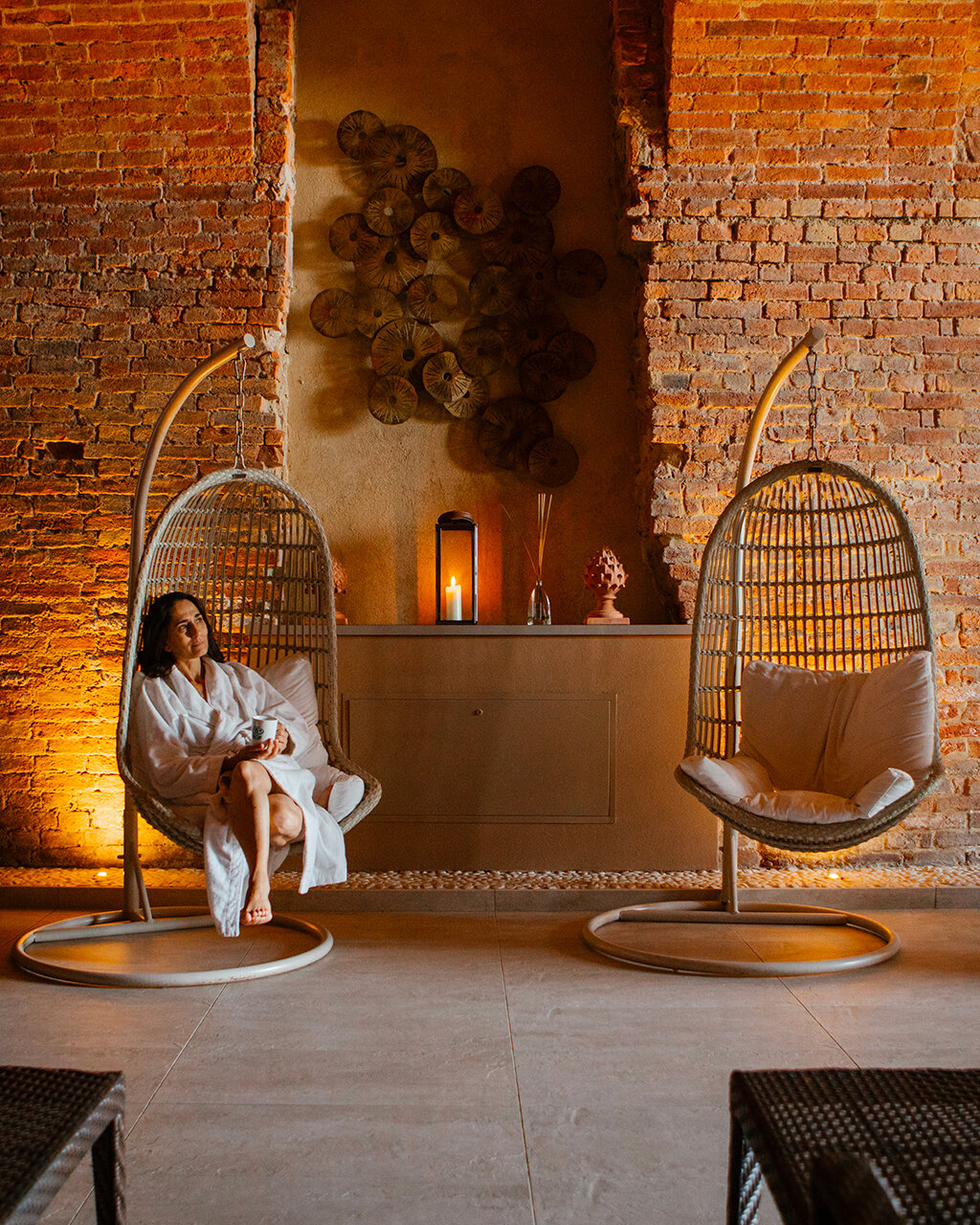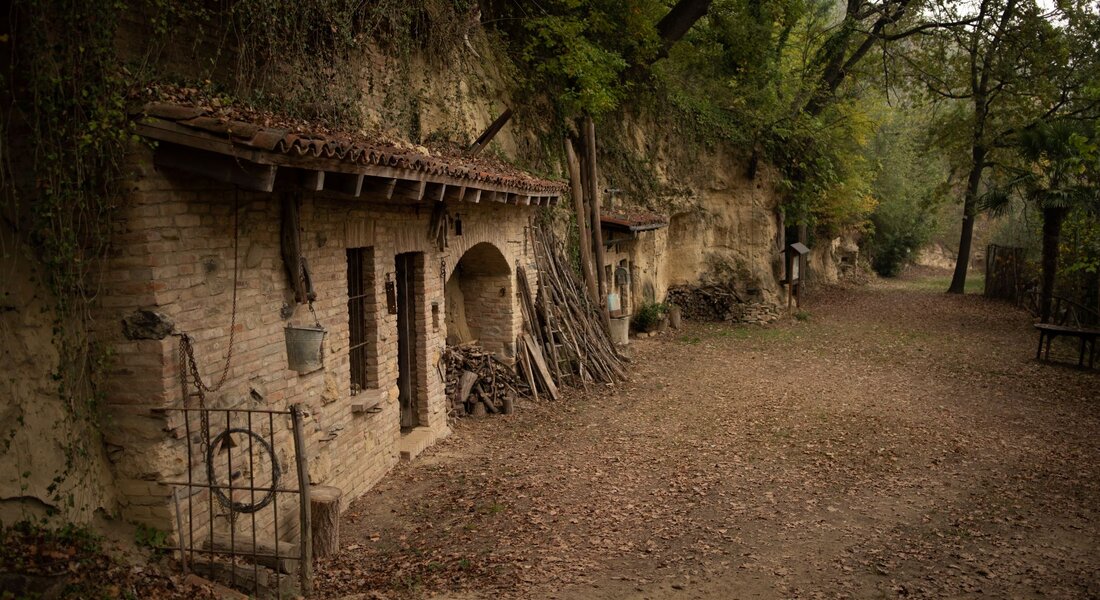Find out more
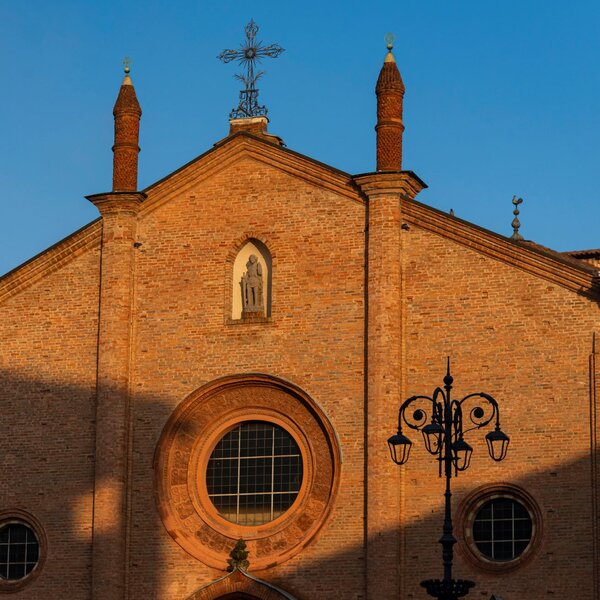
Asti, a true medieval capital
Find out moreAn alternative route could start from Piazza Torino: from here, as you cross the Borbore towards the cemetery, you can explore the almost secret green hill of Vallarone, full of stretches of pure countryside and then, from Strada Valle delle Orfane, turn onto the old road to Alba heading towards Revigliasco. Here is the village of Variglie, overlooked by the small castle with its watchtower; it was here that the peace treaty of the First War of Succession of the Monferrato was signed on 22 June 1615 and, being perched on the spur of the hill, the village offers a pleasant panoramic viewpoint.
Find out more
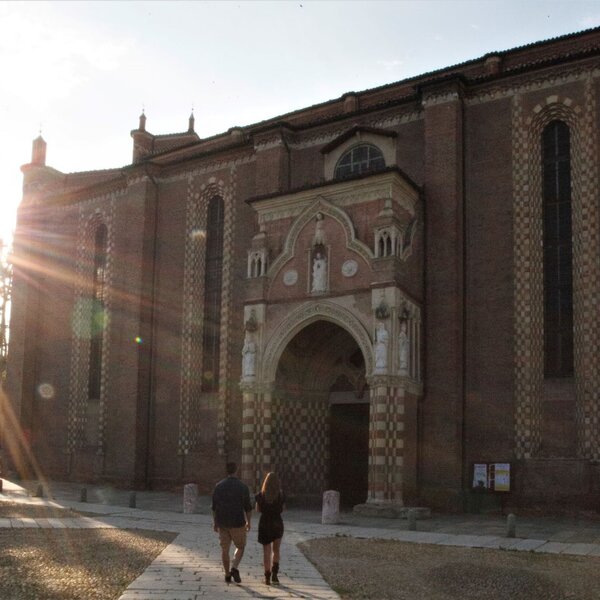
Asti, the Duomo District
Find out moreOnce past Variglie, we turn right towards Vaglierano and the road begins to climb steeply; we advise you to follow the "Monferrina" junction which will take you, after a short climb, straight to the ridge that runs along the hillside, revealing some truly evocative views: a row of grapes acts as a fence for the farms while the road widens out just enough for the car. At the end of the Monferrina road, turn left and you will soon see the silhouette of Vaglierano, immersed in the quiet of the woods that gradually slope down towards the Borbore.
We passed through the valley that runs from Asti to San Damiano d'Asti and we immediately perceive the sudden change in the landscape, which is very reminiscent of nearby Roero. Vaglierano stands on a rock overlooking the stream and the only road winds along the ridge between two rows of low houses before reaching the parish church and then abruptly descends through the " terraced " houses along the rock.
Find out more
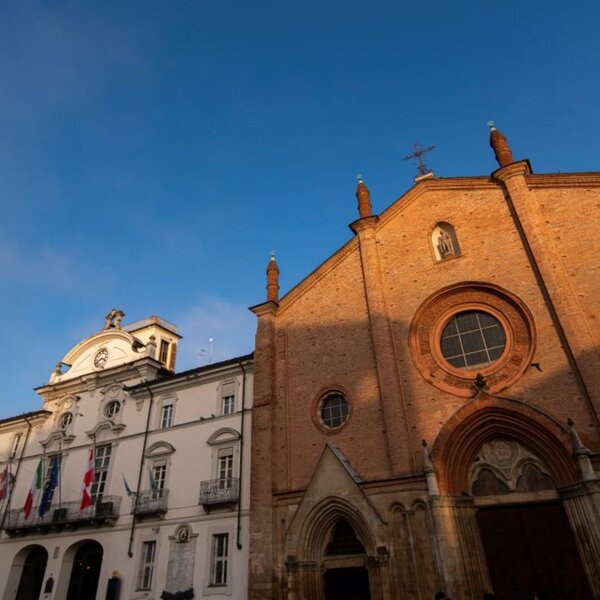
Asti: the city of Merchants
Find out moreNext, from Vaglierano we can descend to the plain below, towards Revignano, a small farming village nestled between the fields and the stream. The hills here are nothing more than simple movements of the land and large isolated farmsteads rise up everywhere, often organized as true self-sufficient villages.
From Revignano you can go back towards Asti along the state road to Turin and pass through the historic hamlet of Palucco, now a simple cluster on either side of the main road. Alternatively, you can follow the state road towards Turin, pass by the houses of Bramairate, and then turn right at the junction to Valleandona.
Find out more
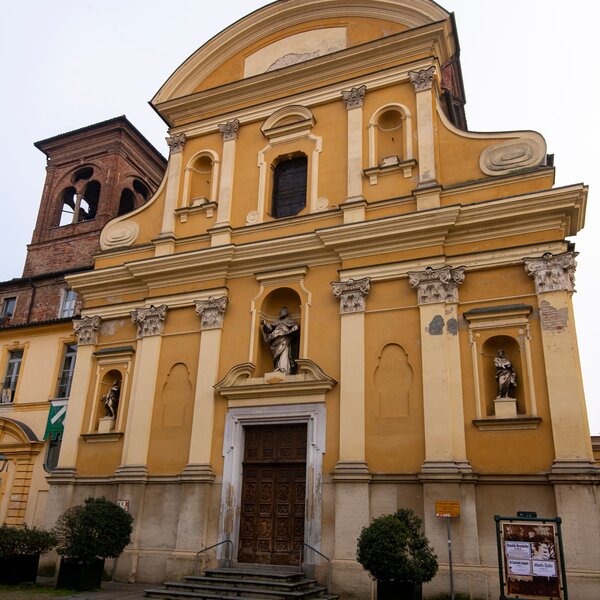
Asti, among the fortified houses of San Martino
Find out moreThe valley, perhaps the greenest of those around the city, extends for about fifteen kilometres, the homonymous hamlet is located in the middle, at the junction with Casabianca and Montegrosso Cinaglio. We continue on to Montegrosso Cinaglio as the road begins to climb and soon becomes a meander through the hillside. The village sits right at the top of the valley and has the classic rural atmosphere of bygone days. The church is still the monument around which the houses gather, those in the village being slightly more pretentious than those scattered across the green.
If, on the other hand, we go from Valleandona to Casabianca, we leave the Reserve and reach another rural area where wine, honey and fruit producers prosper. The landscape is changing from almost mountainous to a more rural setting, with vegetable gardens and orchards, and is dotted with patrician residences: many late 19th-century houses with a certain air of decayed nobility embellish the hilltops, while horse stables stand out prominently.
Find out more
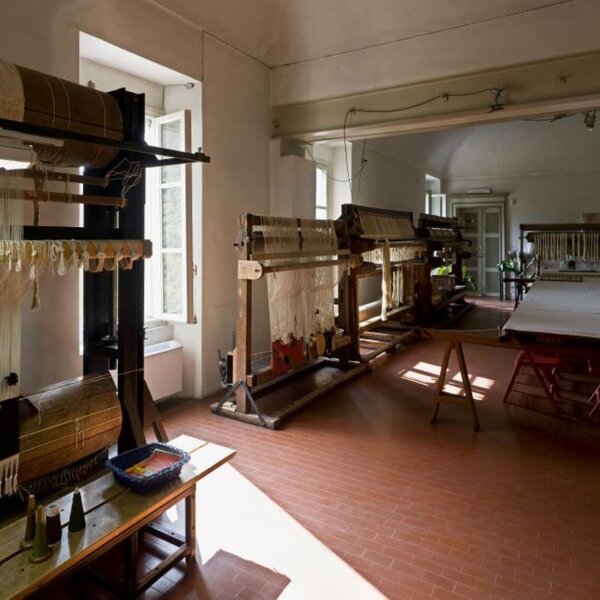
A stroll through the “ventine” – from Asti to Viatosto
Find out moreAfter Casabianca the road descends to join the state road to Chivasso: this is the least travelled of the Asti state roads, and perhaps the most scenic. The first hill to our right is the Viatosto hill, (which we will reach only later), while to the left we can see Sessant, a tiny, narrow village overlooking the wide valley. We can wander through the charming local villages ( a detour to San Grato or Bersaglio is recommended) or continue on to Serravalle, once on the opposite side of the Rilate stream, rebuilt in the 16th century on this side after a terrible plague, there is still a 14th-century cemetery chapel. Serravalle also preserves the Castle known as Belvedere.
Once past Serravalle you enter the beautiful Rilate Valley to reach the last stage of the route: Mombarone, one of the most rewarding surprises of this route. Mombarone stands opposite Settime, with which it once formed a single feud of the Roero family. And Mombarone, just like Settime, has a Castle, which today has been refined into a sort of "hunting lodge", and has a great tradition of country residences.
Find out more
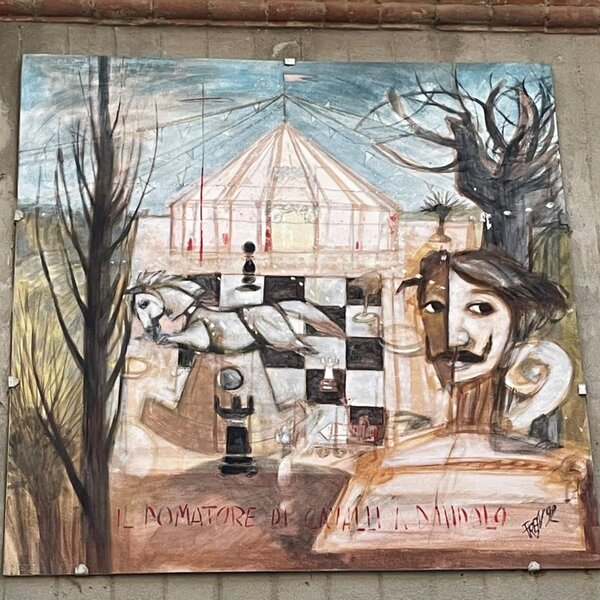
A stroll through the “ventine” – from Asti to Montemarzo
Find out moreHere, every road opens out onto an unspoilt landscape, immersed in the most authentic countryside, such as the routes to Valmonasca or Valdeperno.
PLEASE NOTE: Responsibility for the maintenance and practicability of the various trails lies with the municipalities where the routes are located. The Tourist Board, therefore, cannot be held responsible for any inefficiencies, but is willingly available to collect your reports so that they can be forwarded to the authorities concerned.
